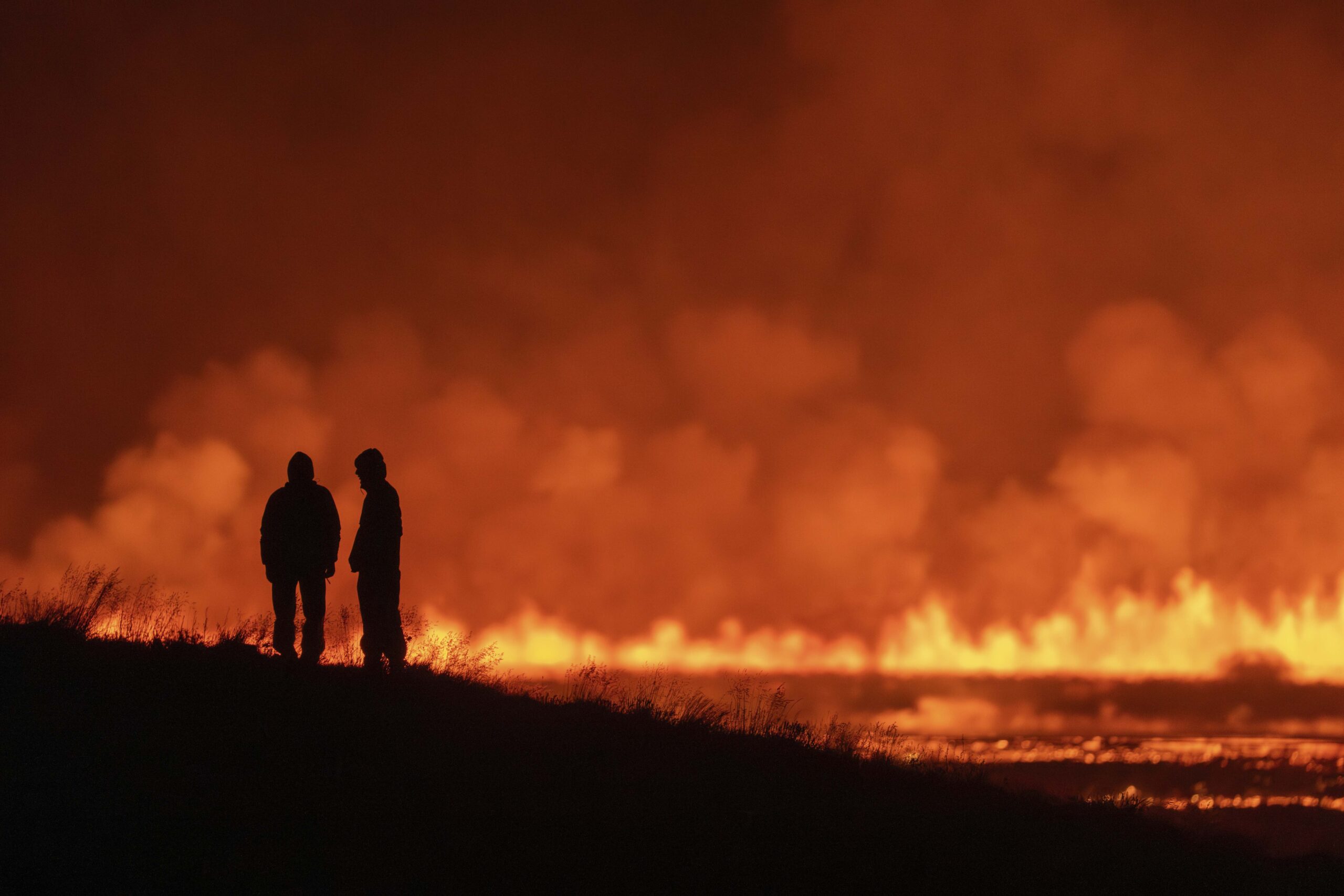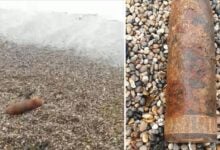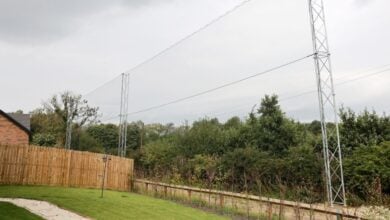Sulphur dioxide cloud returns to UK after Icelandic eruption
Gas cloud from Icelandic eruption to impact UK air quality midweek

A cloud of sulphur dioxide gas that covered the UK on Saturday morning is expected to return, affecting parts of the country on Tuesday and Wednesday.
The volcanic eruption in Iceland on Thursday caused the initial plume, which was first noticed over the UK on Saturday. The main part of the cloud has since moved towards Europe, with some of it still lingering over the Scottish Highlands as of 2am Monday.
Forecasts indicate that another portion of the cloud will move back over parts of the Midlands and the south on Tuesday and Wednesday. This second wave will begin its approach around 6am on Tuesday and gradually cover central and southern regions until it dissipates by approximately 7pm on Wednesday, according to data from the Czech weather portal Windy.
Sulphur dioxide (SO2), commonly produced from burning coal or crude oil, is also released in large quantities during volcanic eruptions. Inhaling SO2 can result in symptoms such as a sore throat, coughing, runny nose, burning eyes, tight lungs, and difficulty breathing. The colourless gas, known for its pungent odour similar to that of a just-struck match, can also cause skin irritation, redness, and blisters upon contact.
Exposure to SO2 is linked to asthma and chronic bronchitis. The gas played a significant role in the respiratory-related deaths during the London smog of 1952. Additionally, SO2 can combine with water vapour in the atmosphere to form acid rain, which can travel over long distances.
The elderly are particularly susceptible to the effects of SO2 inhalation. Asthma and Lung UK states that high levels of the gas can lead to increased hospital admissions for asthma attacks. Young children may also be more sensitive due to their smaller size, as noted in a government document.
The Met Office stated on Sunday that it was monitoring the gas cloud and expected it to have minimal impact on ground-level air quality.
In June, experts noted that a non-explosive fissure on the Reykjanes Peninsula in Iceland might have caused an unprecedented spike in SO2 levels in Edinburgh, a phenomenon not seen since the 1970s. Dr Massimo Vieno, a senior air pollution modeller at the UK Centre for Ecology and Hydrology, described the event as extremely unusual and short-lived. The eruption in Iceland, combined with specific wind conditions, directed the plume to Scotland and Edinburgh, making it a unique occurrence.
What Other Media Are Saying
- Diss Mercury reports on the Met Office’s update on a toxic cloud circulating over the UK, emphasizing localized effects and no threat to the population. (read more)
- The Standard reports that a sulphur dioxide cloud has passed over the UK after an eruption in Iceland, causing health concerns and minimal air pollution. (read more)
Frequently Asked Questions
Here are some common questions asked about this news
What caused the sulphur dioxide gas cloud over the UK?
The gas cloud was caused by a volcanic eruption in Iceland.
When will the sulphur dioxide cloud return to the UK?
The cloud is expected to return on Tuesday and Wednesday.
What are the health effects of inhaling sulphur dioxide?
Inhaling SO2 can cause sore throat, coughing, runny nose, burning eyes, and difficulty breathing.
Who is most vulnerable to sulphur dioxide exposure?
Elderly people and young children are particularly vulnerable to SO2 inhalation.
Will the sulphur dioxide cloud affect ground-level air quality?
The Met Office said it should have little influence on ground-level air quality.





